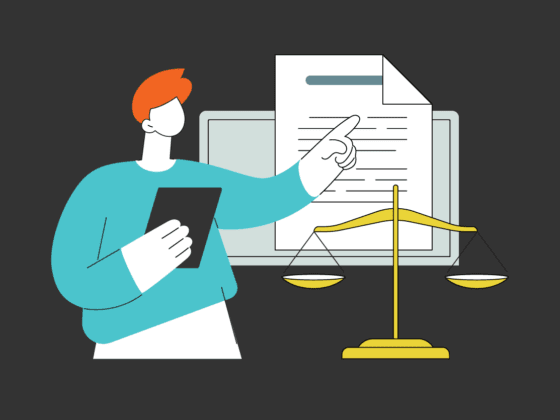Healthcare.gov is at the core a legal technology. It’s a technology designed to facilitate a legal process – the implementation of the Affordable Care Act. It is very analogous to the way ediscovery technology facilitates the requirements of the Federal Rules of Civil Procedure.
What’s amazing about Healthcare.gov is that this “website” is the central implementation of a major pieces of legislation. The Washington Post ran an extensive article on the issues in the website rollout and quoted the President saying, “All of that is well and good, but if the Web site doesn’t work, nothing else matters.”
And he was right. This is about the Internet. If anything today is going to work – and I mean anything – it has to work on the Internet. The entire implementation of a federal piece of legislation is being jeopardized because of problems in the Internet delivery.
This is largely true of legal technology generally – it doesn’t ‘get’ the Internet.
It’s All About the Net
Not only is Healthcare.gov a legal technology – it’s an Internet-based legal technology. This question about Internet-based innovations in the law is the central legal question of the time. Have any doubts? Consider NSA snooping, the privacy implications in social media (bullying, revenge porn, employee harassment), and cloud computing technologies. What vexing legal issues are there that are pressing that don’t involve in the Internet?
Ultimately the concern about healthcare.gov is not that it’s going to be ‘fixed.’ Just look at this workflow (courtesy WaPo)
I’m not sure it’s fixable, as much as it needs to be ‘workable.’ The larger issue this reveals is that our legal institutions are not adapting quickly enough to the Internet. It’s that simple.
When faced with an issue where the legal code is at odds with the website code, go with the website code.
The politics can change, but broken code will not fix itself. Or fade with the next news cycle. The failures in the website rollout are obvious to anyone who builds technologies: too much integration, too many workflows for users, no standardization of data, and ultimately, no clear critical path to success. No one asked the simple question.
“What does this need to do for our users to get what they need?”
This challenges in the workflow identified above are entirely parallel those being faced by the legal industry every day – a lack of integration of legacy processes and data stores into new and necessary workflows. As we pointed out in an earlier post on Healthcare.gov, there is simply too much clunky, old, and outdated software in our legal system that keeps the law from moving forward. This is about moving past the legacy technology that no longer serves the practice of the law, and ‘getting’ the Internet.
There are many challenges to address here, but the sooner lawyers face this challenge, the sooner we can move the law into the Internet age. To see what one aspect of what I’m talking about, take a look at our free, downloadable eBook, Ediscovery in the Cloud.







